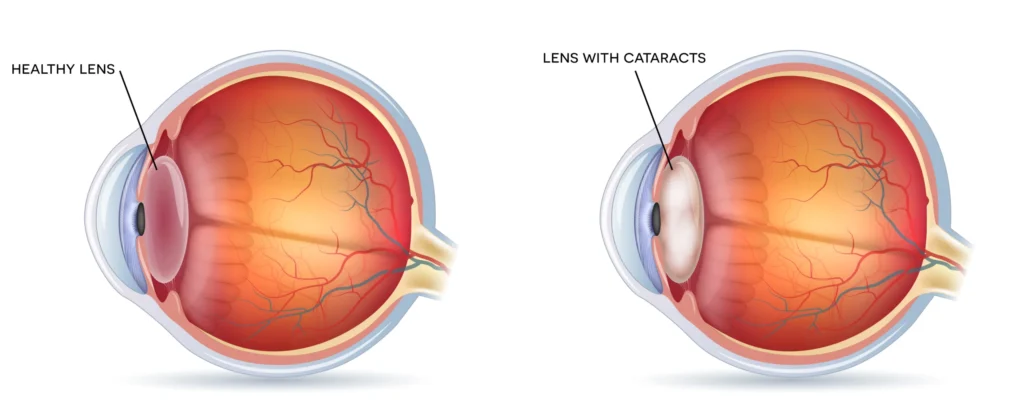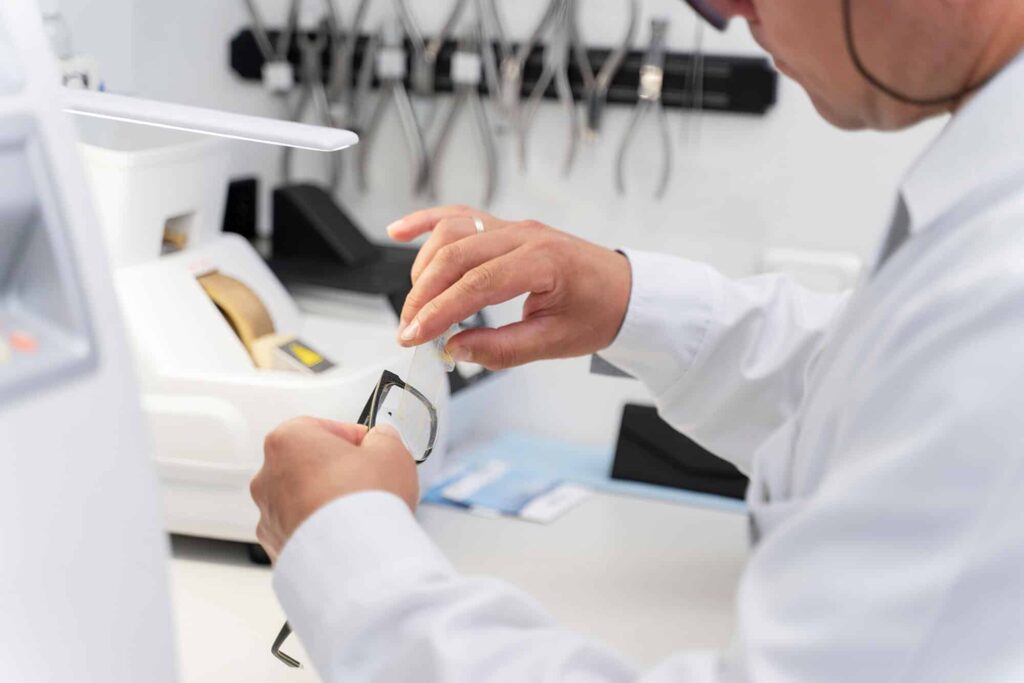
What is Cataract Surgery?
Cataract surgery is a widely performed procedure to treat cataracts — a common age-related eye condition characterized by the clouding of the natural lens, which can lead to blurry vision, increased glare sensitivity, and difficulty seeing at night. While cataracts may develop at any age due to trauma or medical conditions, they most commonly begin between the ages of 40 and 50 and progress with aging.




